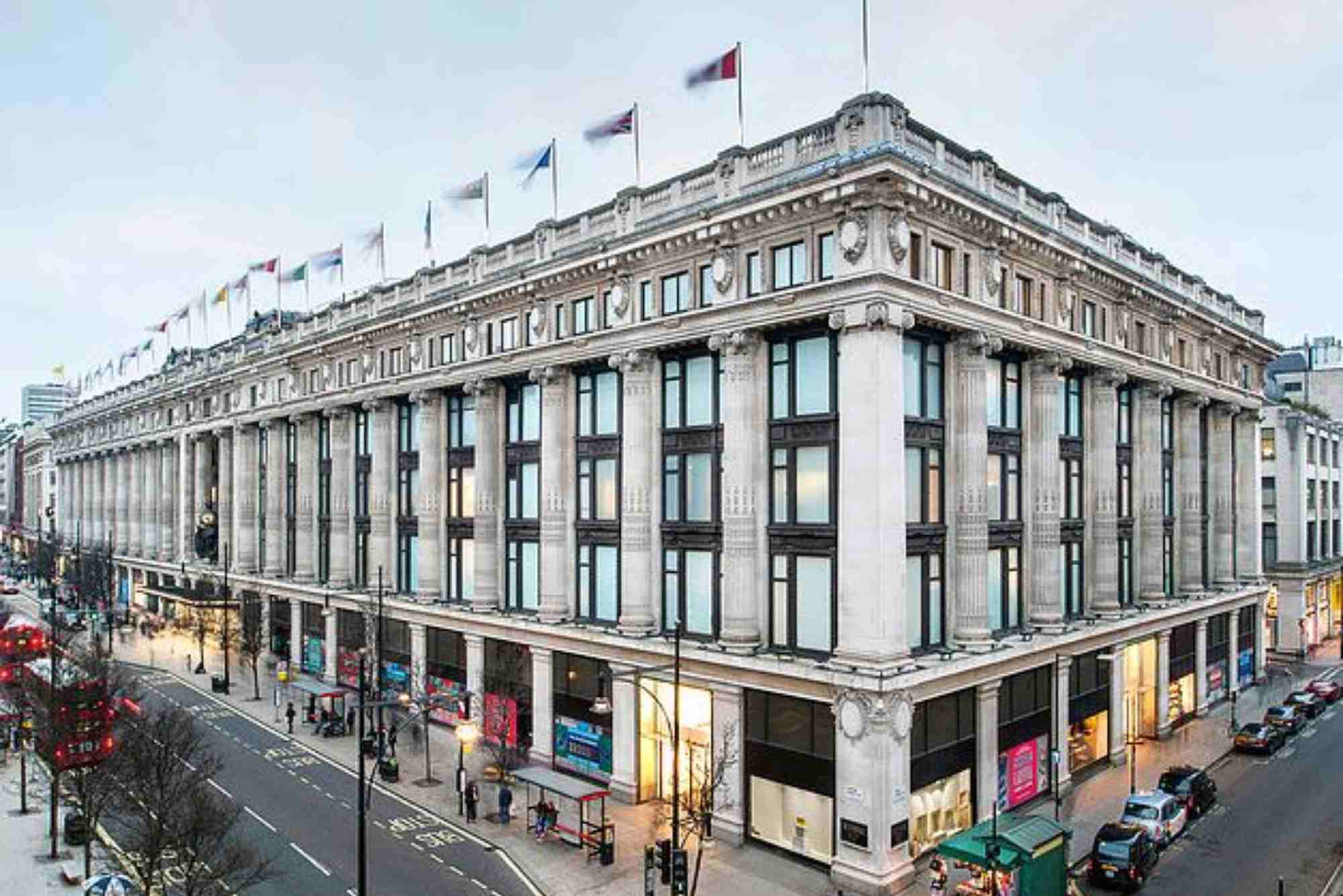The Ancient Beginnings of Cádiz
Cádiz, one of the oldest continuously inhabited cities in Europe, boasts a history that dates back over 3,000 years. Founded by the Phoenicians around 1100 BCE, this coastal gem was originally known as Gadir. Its strategic location on the Atlantic coast made it a vital hub for trade and cultural exchange. The Phoenicians established Cádiz as a trading post, connecting the Mediterranean with the Atlantic, and leaving behind a legacy of maritime prowess and cultural influence.
Roman Cádiz: The Flourishing Port of Gades
Under Roman rule, Cádiz, then called Gades, flourished as a prosperous port city. The Romans recognized its strategic importance and invested heavily in its infrastructure. Amphitheaters, aqueducts, and temples were constructed, many of which still leave traces in the city today. Gades became a center of commerce, attracting merchants and settlers from across the Roman Empire. The city’s wealth and cultural significance during this period are evident in the archaeological remains that continue to captivate visitors.
The Moorish Era: Al-Andalus and the Transformation of Cádiz
In the 8th century, Cádiz fell under Moorish control as part of the Al-Andalus region. This period marked a significant transformation for the city, as Islamic culture and architecture began to shape its identity. The Moors introduced advanced agricultural techniques, intricate architectural styles, and a rich cultural heritage that blended with the existing Roman and Phoenician influences. The legacy of this era can still be seen in the city’s layout and historical landmarks.
The Age of Exploration: Cádiz as a Gateway to the New World
During the 15th and 16th centuries, Cádiz played a pivotal role in the Age of Exploration. As Spain embarked on its voyages to the Americas, the city became a crucial gateway for explorers, traders, and settlers. Christopher Columbus himself set sail from Cádiz on his second voyage to the New World. The city’s port buzzed with activity, serving as a launchpad for expeditions and a hub for the exchange of goods, ideas, and cultures.
The Golden Age of Cádiz
The 18th century marked the Golden Age of Cádiz, as it became the epicenter of Spain’s trade with the Americas. The city’s wealth and influence grew exponentially, attracting merchants, artists, and intellectuals. Cádiz’s architecture flourished during this period, with grand mansions, churches, and public buildings reflecting its prosperity. The city’s vibrant cultural scene and cosmopolitan atmosphere made it a beacon of enlightenment and progress.
The Siege of Cádiz and the Birth of the Spanish Constitution
In the early 19th century, Cádiz found itself at the center of a pivotal moment in Spanish history. During the Peninsular War, the city endured a prolonged siege by Napoleonic forces. Despite the hardships, Cádiz became a symbol of resistance and resilience. It was here, in 1812, that the Spanish Constitution, known as “La Pepa,” was proclaimed. This groundbreaking document laid the foundation for modern Spanish democracy and remains a source of pride for the city.
The Modern Era: Cádiz in the 20th Century
The 20th century brought significant changes to Cádiz, as it adapted to the challenges and opportunities of the modern era. The city played a role in Spain’s industrialization and witnessed the social and political upheavals of the time. Despite these changes, Cádiz managed to preserve its historical charm and cultural heritage, making it a unique blend of old and new.
Exploring Cádiz Today: A Free Tour Through History
Today, Cádiz invites visitors to explore its rich history through its well-preserved landmarks and vibrant cultural scene. A Free tour Cádiz offers an excellent opportunity to delve into the city’s past while enjoying its picturesque streets and stunning coastal views. From the ancient ruins of Gadir to the grandeur of its Baroque churches, Cádiz is a living museum that tells the story of its remarkable journey through time.
The Charm of Cádiz’s Old Town
The Old Town of Cádiz is a treasure trove of history and culture. Its narrow streets, colorful facades, and bustling squares transport visitors back in time. Landmarks such as the Cádiz Cathedral, the Tavira Tower, and the Roman Theater offer glimpses into the city’s diverse heritage. A Free walking tour Cádiz through this enchanting area is a must for history enthusiasts and casual travelers alike.
The Influence of Cádiz on Spanish Culture
Cádiz has left an indelible mark on Spanish culture, particularly in the realms of music, literature, and cuisine. The city’s vibrant flamenco scene, lively festivals, and delicious seafood dishes reflect its unique blend of influences. Cádiz’s cultural contributions continue to inspire and captivate people around the world.
Lessons from Cádiz’s History
The history of Cádiz offers valuable lessons about resilience, adaptability, and the power of cultural exchange. The city’s ability to thrive despite challenges and its role as a crossroads of civilizations highlight the importance of embracing diversity and innovation. Cádiz’s story serves as a reminder of the enduring impact of history on our present and future.
Conclusion: The Timeless Appeal of Cádiz
Cádiz is more than just a city; it is a testament to the enduring spirit of humanity. Its rich history, vibrant culture, and stunning landscapes make it a destination that captivates the heart and mind. Whether you’re a history buff, a culture enthusiast, or simply a curious traveler, Cádiz offers an unforgettable journey through time. So why wait? Embark on a free tour of Cádiz and discover the stories that have shaped this remarkable city.










